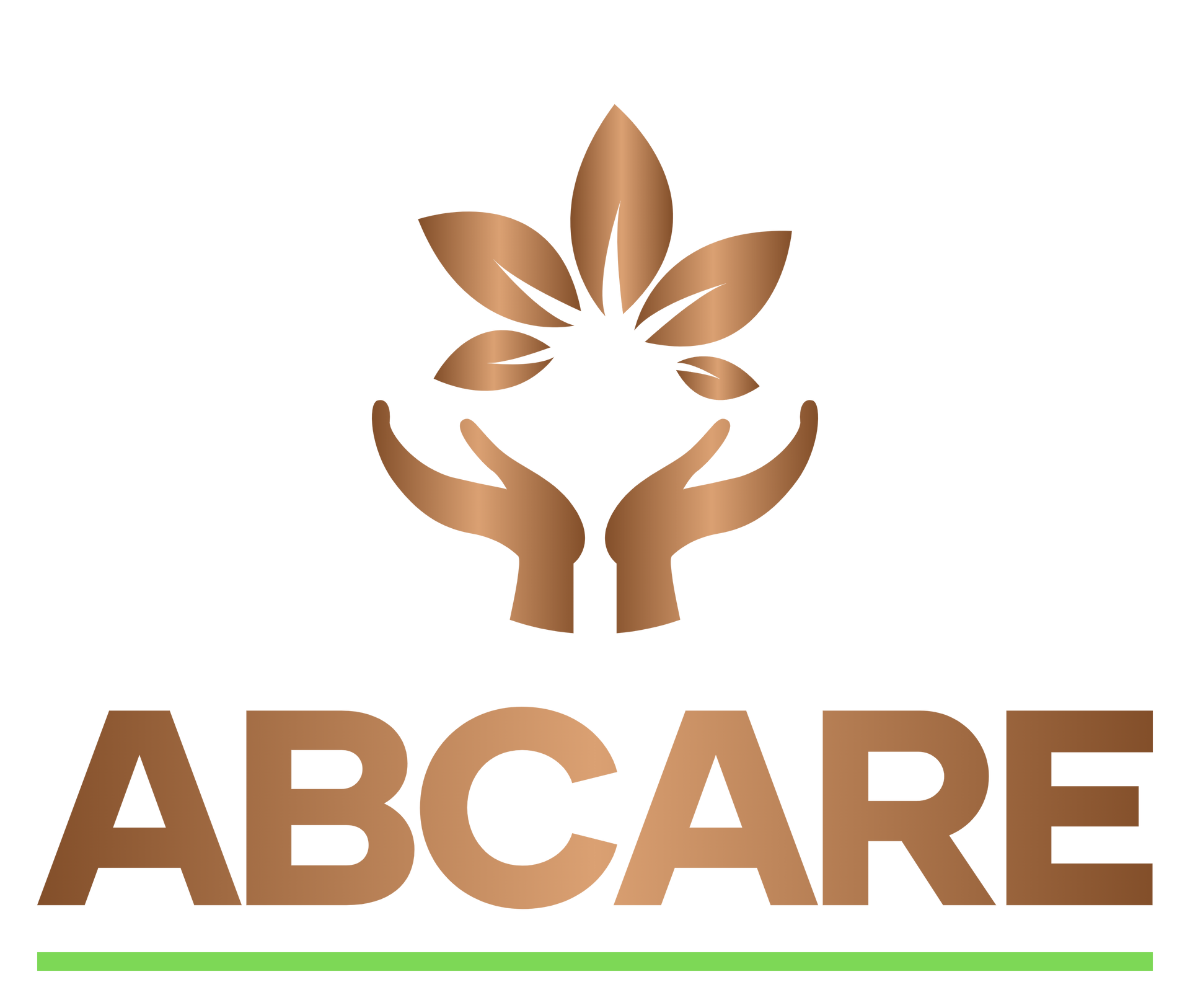One Place for all Your Needs
- Evaluations & Assessments
- Early Intervention Services
- Behavioral Assessments
- Autism Services & Advocacy
- At-Home ABA Therapy
- In-School ABA Therapy
- Social Skills
- Support Groups
- Parent Workshops
- Parent Resources
We Will Come To You
Start Your Journey with Us by Taking These Steps
Step 1. Call & speak to one of our caring team members
The process begins with scheduling a family meeting where we will take the time to get to know each other, describe the steps to ensure your child receives the appropriate treatment, and provide an overview of Applied Behavior Analysis (ABA), the only evidence-based therapy for autism.
Step 2. Insurance Authorization
Our expert insurance coordinator will work directly with your insurance carrier to review your coverage for ABA services and apply for insurance authorization should you choose working with us.
Step 3. Initial Assessment
A Abcare Board Certified Behavior Analyst (BCBA) will assess your child’s behavioral, social, and learning skills while identifying any barriers that may hinder their progress and development.
Step 4. Development of Personalized Plan
The results of the assessment will serve as the basis for a personalized treatment plan designed to meet your child’s specific needs. This plan is carefully developed and overseen by the BCBA. We will thoroughly review the recommended treatment plan with you and schedule regular meetings to ensure open communication and collaboration. As an essential part of the process, parents play a crucial role in helping your child achieve their goals in both therapeutic and real-world settings.
Step 5. Start of Individualized ABA Therapy
The treatment plan will be implemented in one or more settings such as at home, at preschool or in community depending on your child's individual needs.
Step 6. Parent Training
Abcare believes in a holistic approach where we are all essential parts of the team. Our BCBAs and Behavioral Technicians work with parents, teachers and other professionals such as Speech therapists, Occupational therapists and child's physicians to ensure a child's progress. We provide regular in-person parent trainings and education to allow you better support your child.
Step 7. Continuous Progress Evaluation and Re-Assessments
We regularly collect data on your child’s progress toward all key goals. This data enables us to continuously and accurately assess their development in every area. Based on these evaluations, we make necessary adjustments to the treatment plan to optimize outcomes and support your child’s success.
How Does ASD presents in a child?
- Making little or inconsistent eye contact
- Appearing not to look at or listen to people who are talking
- Infrequently sharing interest, emotion, or enjoyment of objects or activities (including infrequent pointing at or showing things to others)
- Not responding or being slow to respond to one’s name or to other verbal bids for attention
- Having difficulties with the back and forth of conversation
- Often talking at length about a favorite subject without noticing that others are not interested or without giving others a chance to respond
- Displaying facial expressions, movements, and gestures that do not match what is being said
- Having an unusual tone of voice that may sound sing-song or flat and robot-like
- Having trouble understanding another person’s point of view or being unable to predict or understand other people’s actions
- Difficulties adjusting behaviors to social situations
- Difficulties sharing in imaginative play or in making friends
https://www.nimh.nih.gov/health/topics/autism-spectrum-disorders-asd
ASD common challenges:
- Challenges with communication and social interaction.
- Restricted interests and repetitive behaviors.
- Symptoms that interfere with functioning in school, work, or daily life.
- Sleep difficulties and irritability
Restrictive or repetitive behaviors associated with autism may include:
- Repeating actions or exhibiting unusual behaviors, such as repeating words or phrases (known as echolalia).
- Developing intense, lasting interests in specific topics, such as numbers, details, or facts.
- Focusing excessively on particular objects or parts of objects, such as moving components.
- Struggling with changes in routine and transitions, often becoming upset by minor disruptions.
- Having heightened or diminished sensitivity to sensory inputs, such as light, sound, textures, or temperature.
about AUtism
According to National Institute of Health Autism spectrum disorder (ASD) is a neurological and developmental condition that impacts how individuals communicate, interact with others, learn, and behave. While autism can be diagnosed at any age, it is classified as a “developmental disorder” because its symptoms typically emerge within the first two years of life.
Autism is referred to as a “spectrum” disorder because the type and severity of symptoms vary widely among individuals.
ASD can affect people of all genders, races, ethnicities, and socioeconomic backgrounds. Although it is often a lifelong condition, treatments and support services can help improve symptoms and enhance daily functioning. The American Academy of Pediatrics recommends universal autism screening for children. Caregivers are encouraged to discuss ASD screening and evaluations with their child’s healthcare provider.
https://www.nimh.nih.gov/health/topics/autism-spectrum-disorders-asd
You are Not Alone 1 in 36 children
nationwide are diagnosed with Autism.
You Can Start Today with ABCARE Services!
Call For a Free Consultation.
Parent Resources
Sensory Friendly Room
Sensory-friendly rooms provide a controlled environment that reduces sensory input, which can help children with autism in several ways. One major benefit is that it allows the child to regulate their emotions and sensory experiences in a calm, safe space. This can help minimize feelings of being overwhelmed, reduce meltdowns, and support emotional self-regulation.
These spaces typically feature soothing elements like soft lighting, sound-dampening materials, and tactile objects, which can provide comfort and a sense of security. Such environments are particularly useful in fostering focus, promoting relaxation, and encouraging positive sensory exploration.
Four Functions of Behavior
Understanding the four functions of behavior is essential for analyzing why a behavior occurs.
These functions help identify the purpose behind a behavior and guide effective intervention strategies. Here are the four primary functions:
1. Attention 2. Escape or Avoidance 3. Access to Tangibles 4. Sensory Stimulation (also called Automatic Reinforcement).
Why This Framework is Useful
By identifying which function a behavior serves, caregivers, educators, and therapists can implement targeted interventions, such as teaching alternative behaviors that serve the same function or modifying the environment to prevent triggers.
Understanding ABA Therapy
Applied Behavior Analysis (ABA) therapy is a systematic method designed to understand and enhance socially significant behaviors. Rooted in the principles of learning theory and behaviorism, it emphasizes that behaviors can be shaped and modified through structured interventions. The goal of ABA therapy is to promote positive behaviors and reduce undesirable ones by breaking complex skills into smaller, manageable steps and using reinforcement techniques to encourage growth and success.
Serving Throughout New Jersey
Phone: (888)745-7457
Fax: (732) 402- 8835
info@abcareservices.com
www.abcareservices.com






